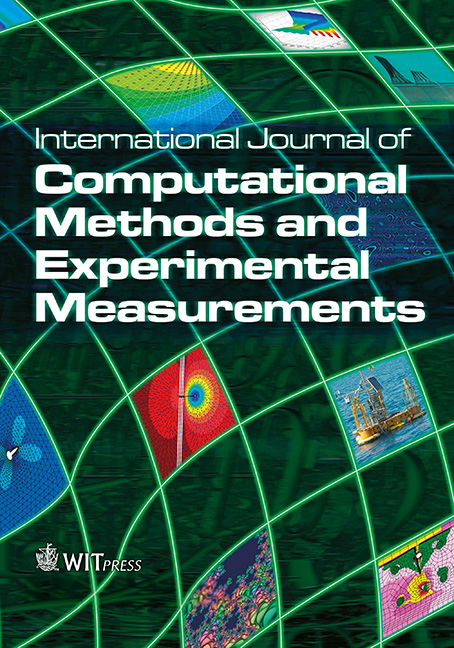CAVITATION EROSION DAMAGE OF SCROLL STEEL PLATES BY HIGH-SPEED GAS WORKING FLUID
Price
Free (open access)
Volume
Volume 2 (2014), Issue 2
Pages
15
Page Range
168 - 183
Paper DOI
10.2495/CMEM-V2-N2-168-183
Copyright
WIT Press
Author(s)
I. TZANAKIS, A. GEORGOULAS, M. HADFIELD & N. KOTSOVINOS
Abstract
A steel plate is one of the critical components of a scroll expander system that can experience cavitation micro-pitting while in service. The content of the present paper consists of two distinct but interrelated parts. The first part aims to highlight that the use of computational fluid dynamics (CFD) simulations can constitute a potential tool for the prediction of cavitation erosion areas in scroll expander systems. For this purpose, a three-dimensional CFD, steady-state numerical simulation of the refrigerant working fluid is employed. Numerical results revealed the critical areas where cavitation bubbles are formed. These numerical critical areas are in direct qualitative agreement with the actual eroded regions by cavitation, which were found by microscopic observations across the steel plate on an after use, scroll expander system. The second part of the paper aims to further investigate the behaviour and the durability of the steel plate of the studied scroll expander system subjected to cavitation erosion by using an ultrasonic experimental test rig. Scanning electron microscopy and optical interferometer micrographs of the damaged surfaces were observed, showing the nature of the cavitation erosion mechanism and the morphological alterations of the steel plate samples. Experimental results are explained in terms of the cavitation erosion rates, roughness profile, accumulated strain energy, and hardness of the matrix. The experimental study can serve as a valuable input for future development of a CFD numerical model that predicts both cavitation bubbles formation as well as cavitation damage induced by the bubbles that implode on the steels plates.
Keywords
CFD, multiphase flow, ultrasonic cavitation, erosion, refrigerant, steel




